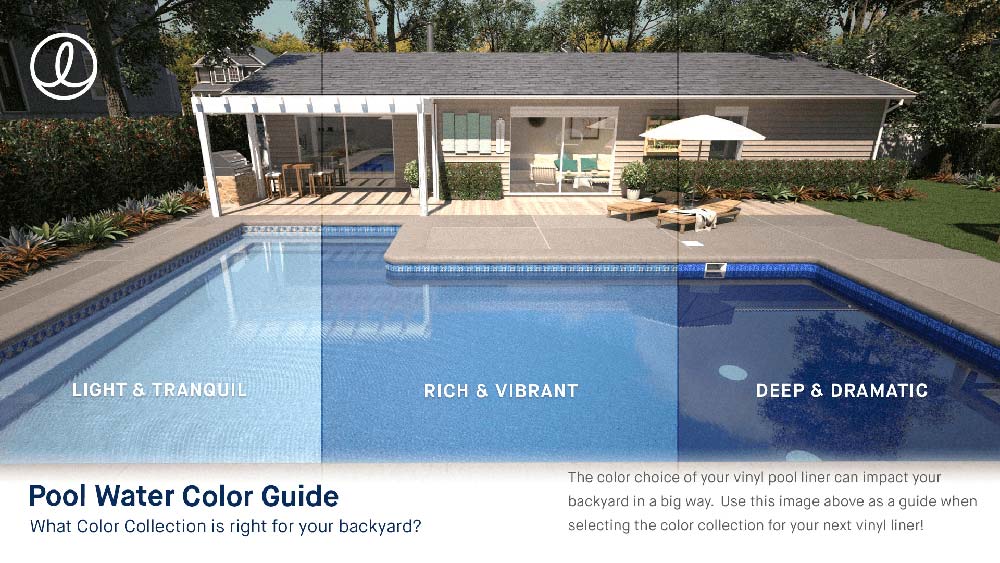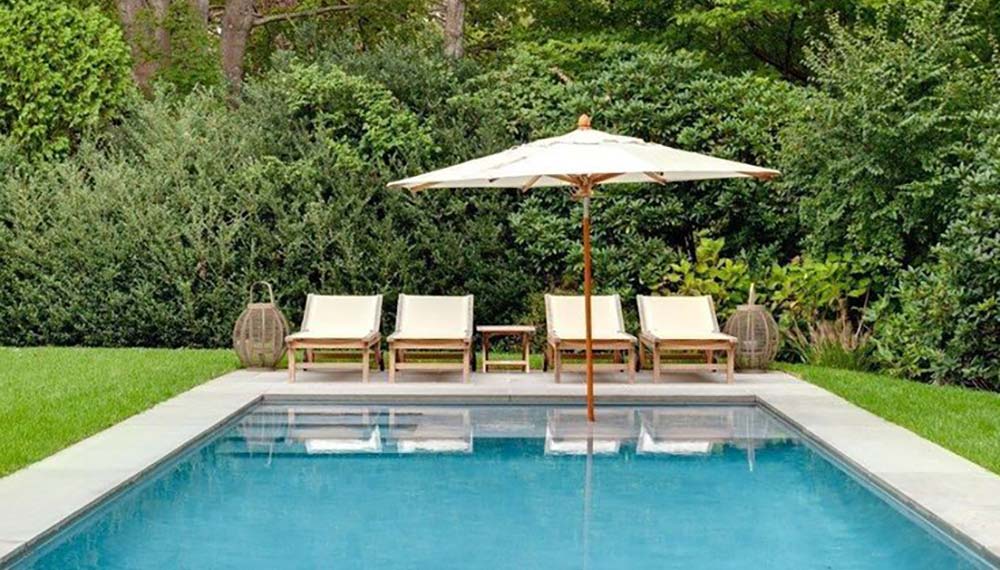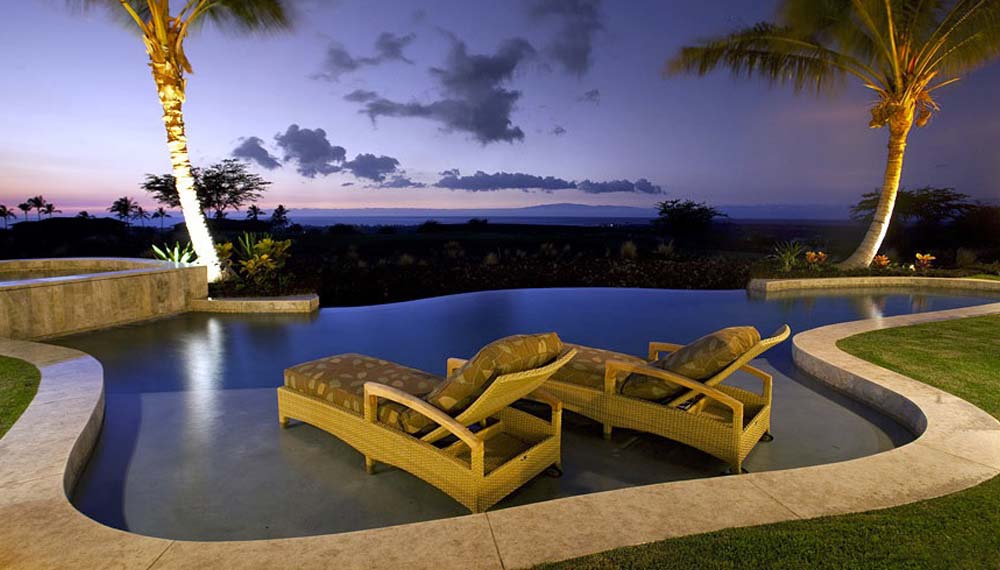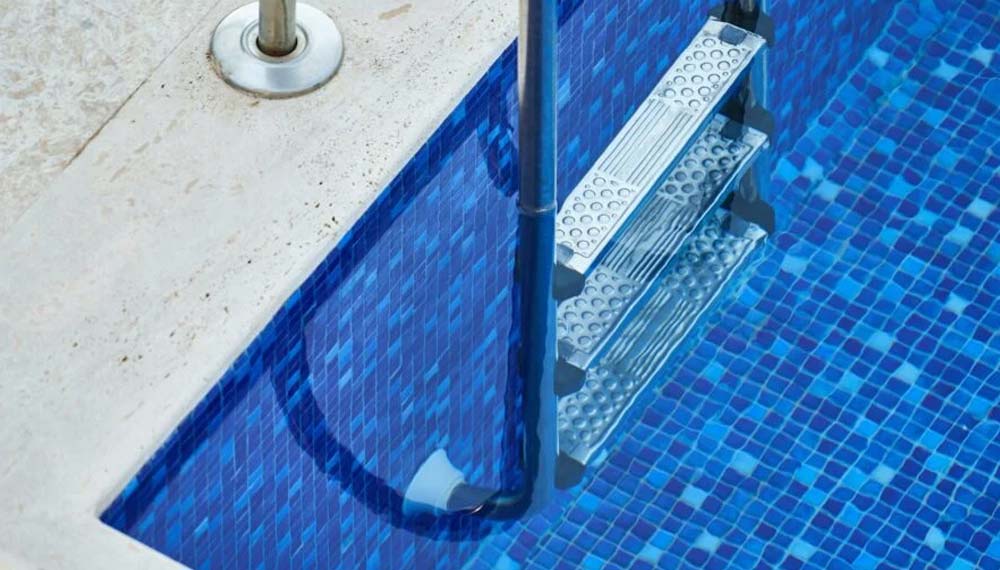Dark Colors
Dark vinyl liner colors like navy blue, dark gray, and black are popular for their sleek and sophisticated look. Dark colors can also help absorb sunlight, which can help warm the water in the pool. However, dark colors can make it difficult to see debris and dirt in the pool, which can make cleaning and maintenance more challenging. Additionally, dark colors can fade over time due to exposure to sunlight and chemicals.
Light Colors
Light vinyl liner colors like white, light blue, and beige are popular for their clean and bright look. Light colors can also make it easier to see debris and dirt in the pool, which can make cleaning and maintenance more manageable. However, light colors can be more susceptible to staining from chemicals, minerals, and algae growth. Additionally, light colors can make it more difficult to maintain consistent water temperature, as they reflect sunlight rather than absorbing it.
Patterned Colors
Patterned vinyl liner colors like mosaic tiles, stone, or pebble designs can add texture and depth to the look of the pool. Patterned colors can also help hide imperfections in the pool floor or walls. However, patterned colors can be more expensive than solid colors, and the pattern may not be to everyone’s taste. Additionally, some patterned colors may make it more difficult to see debris and dirt in the pool, which can make cleaning and maintenance more challenging.
In conclusion, choosing the right color for your vinyl liner will depend on factors like your desired aesthetic, maintenance needs, and budget. By weighing the pros and cons of different colors and consulting with a professional pool contractor, you can ensure that you select the color that best fits your specific needs and preferences. With proper maintenance and care, your vinyl liner can provide a durable and stylish finish for your pool for years to come.




